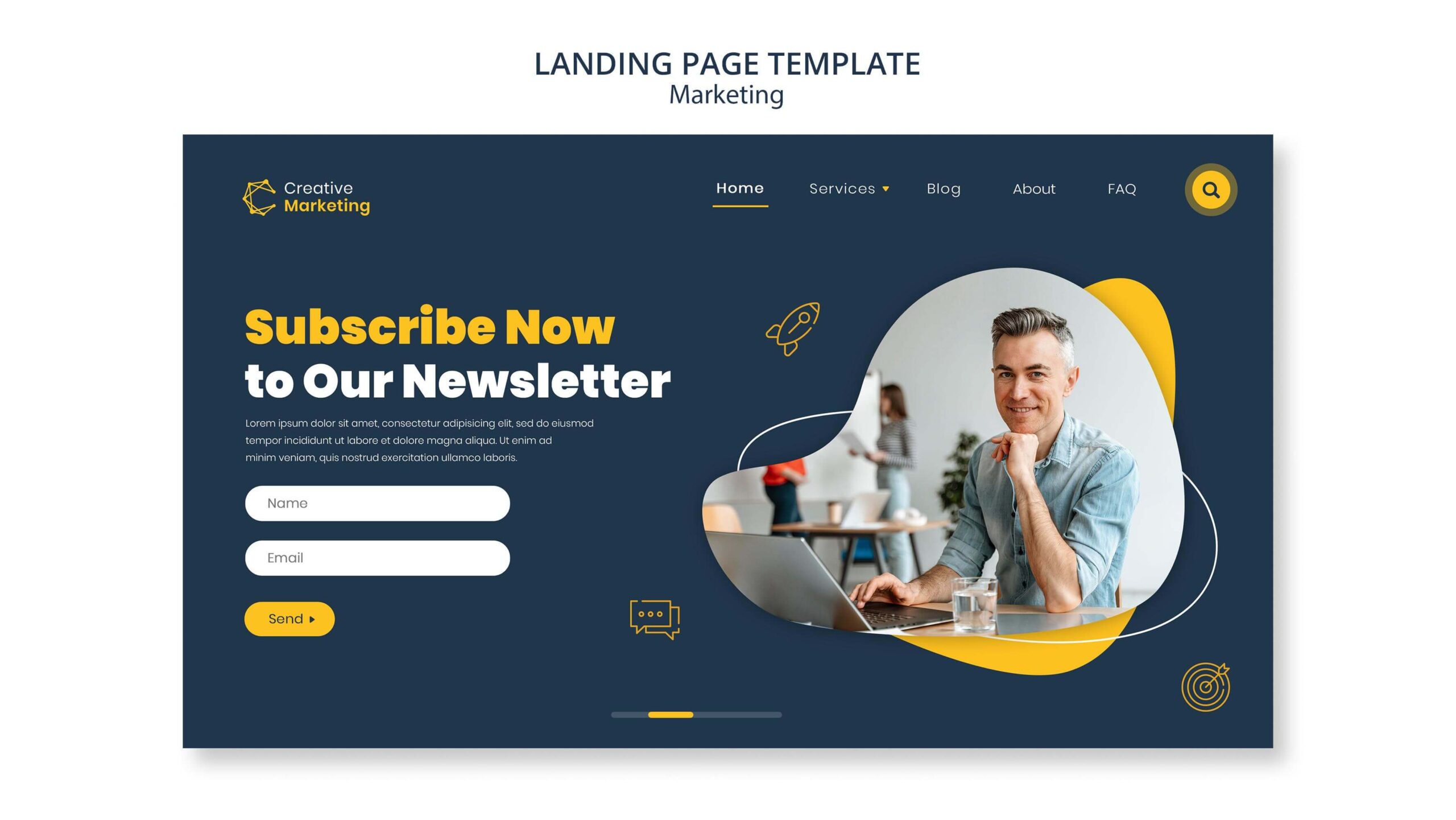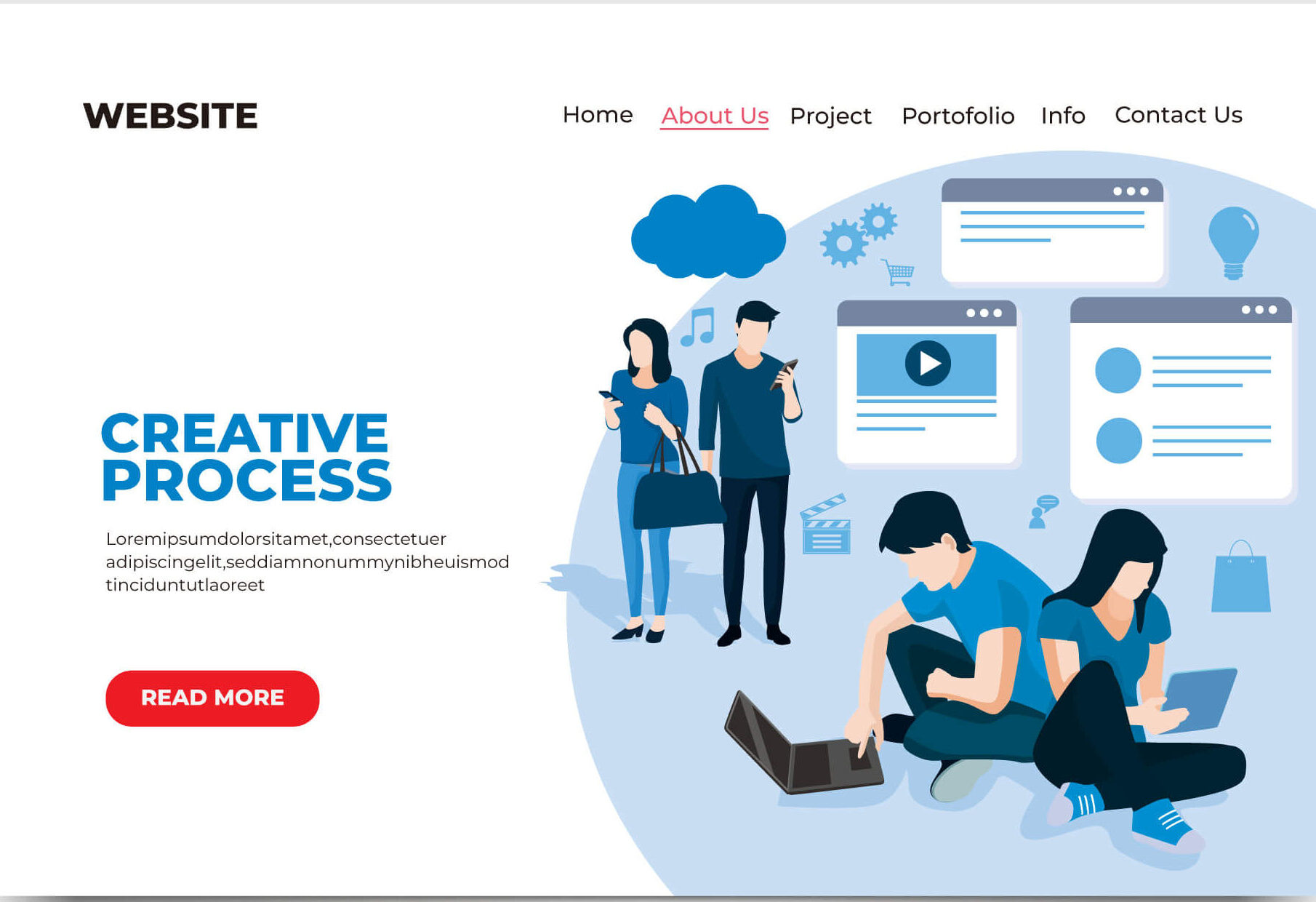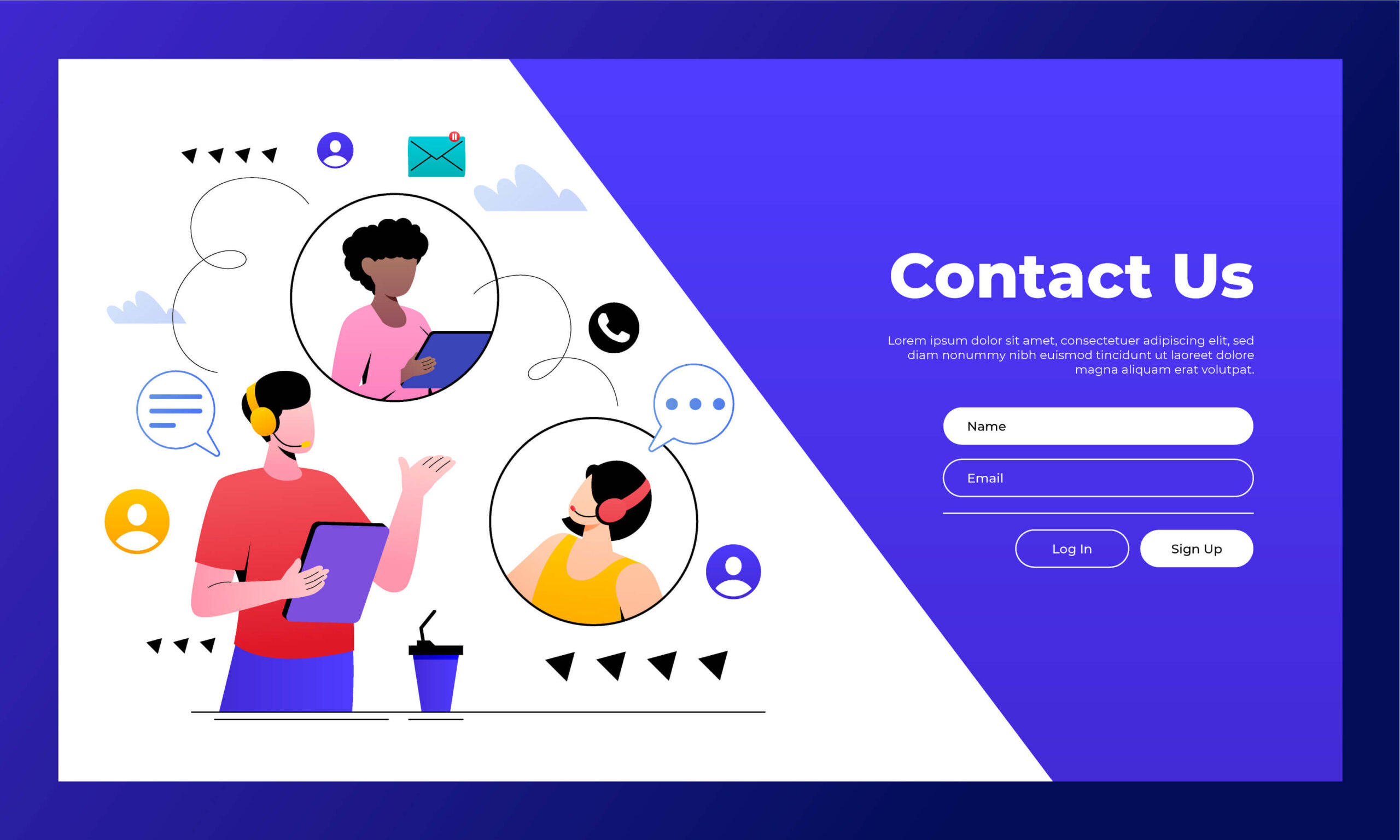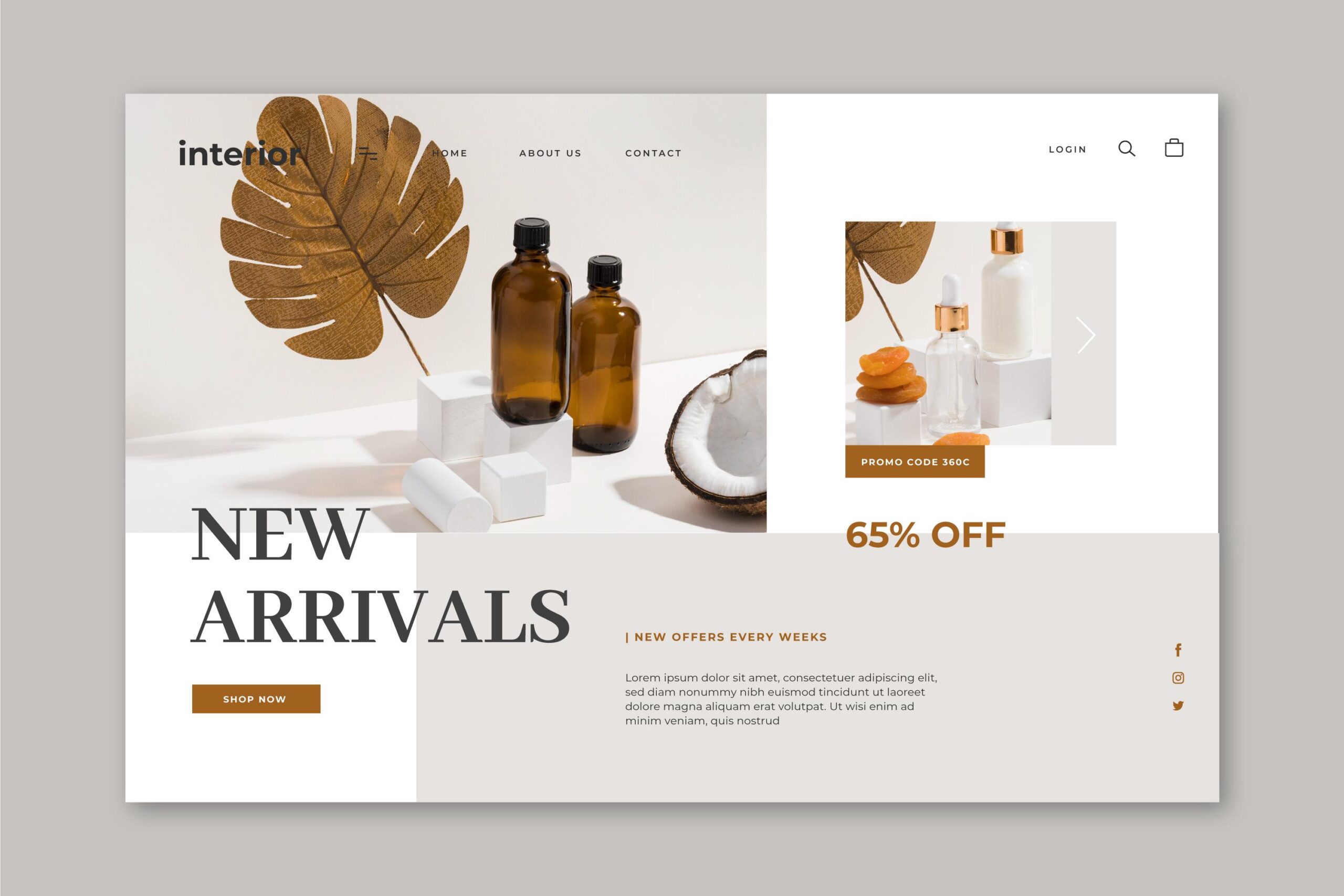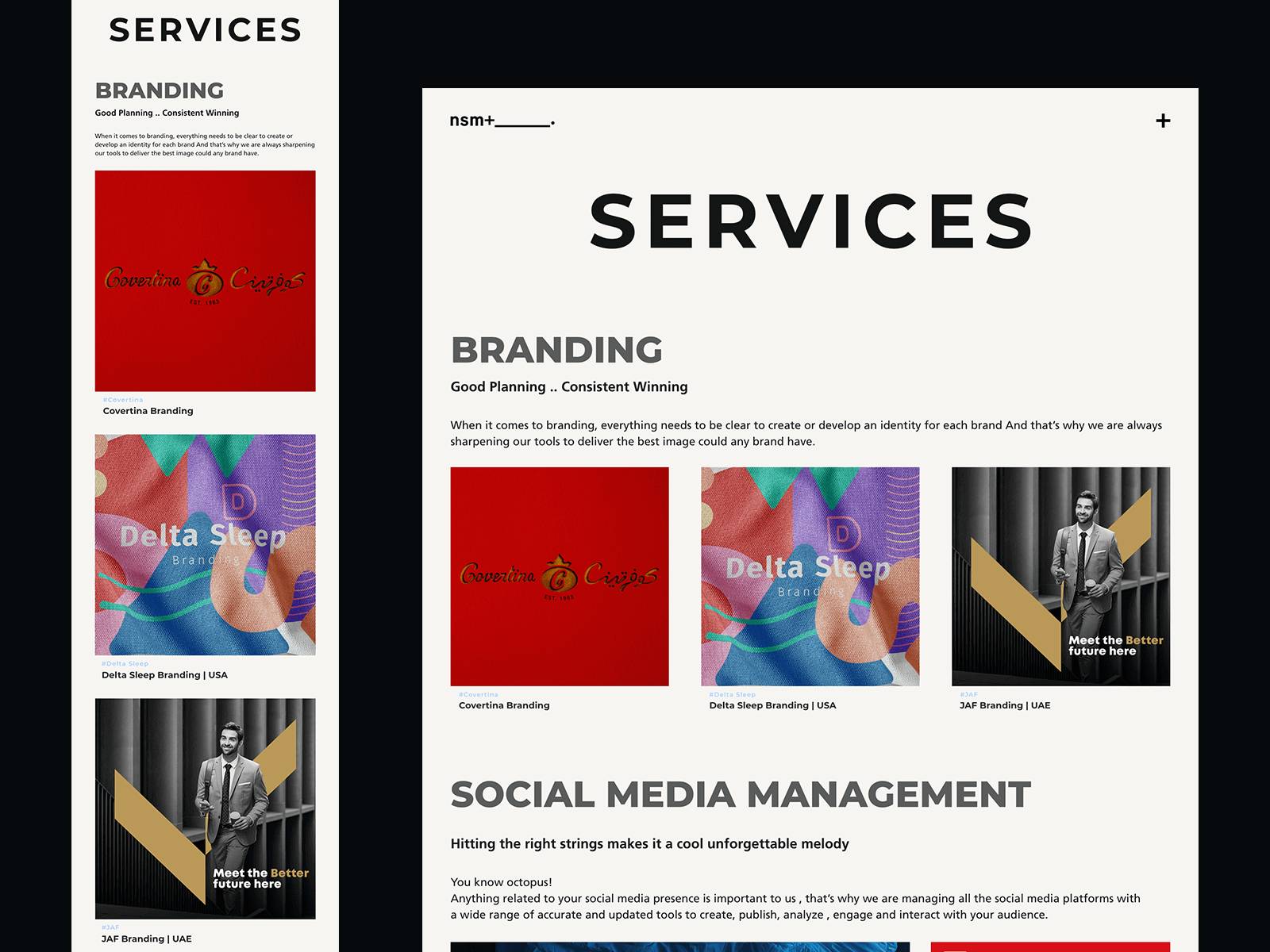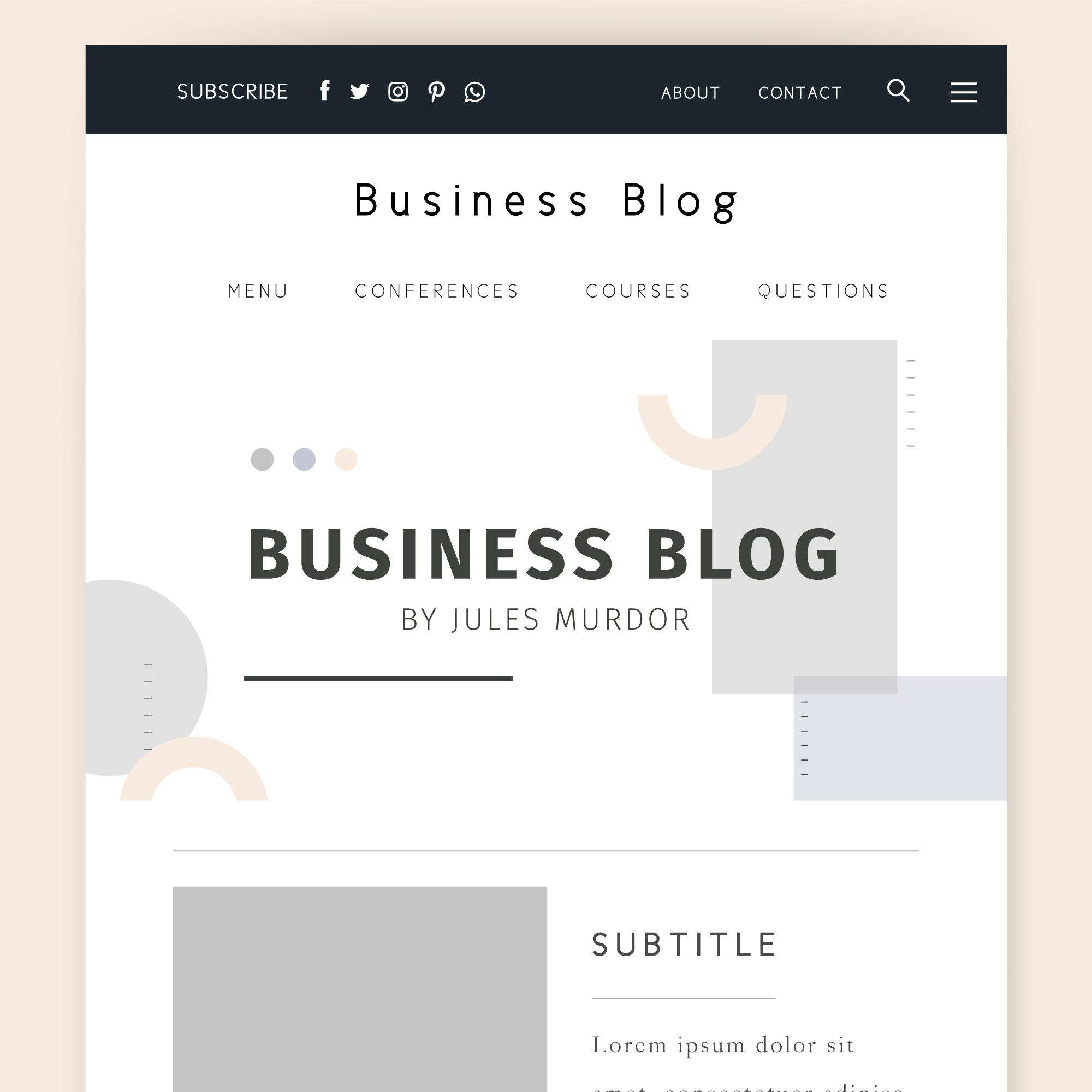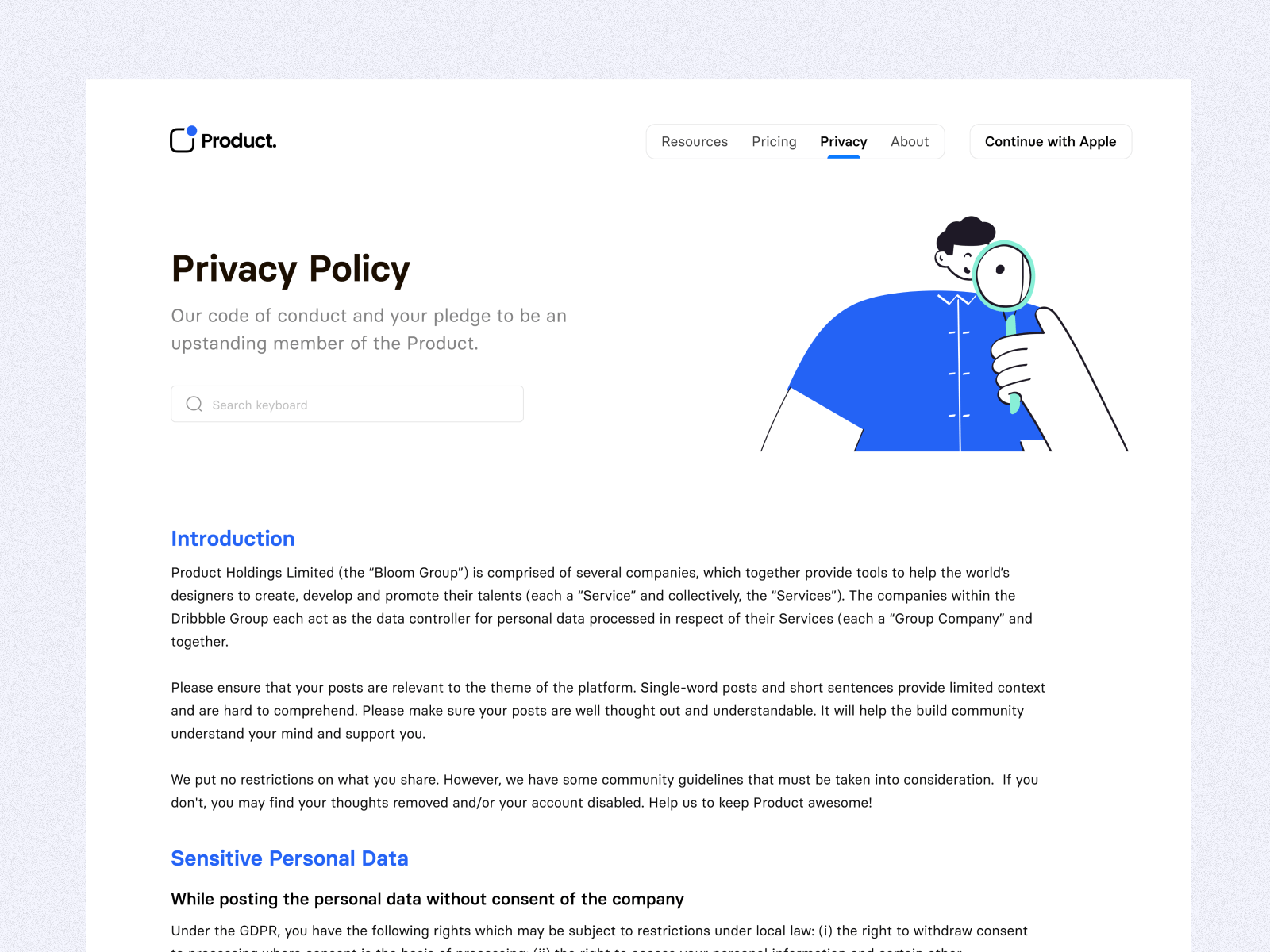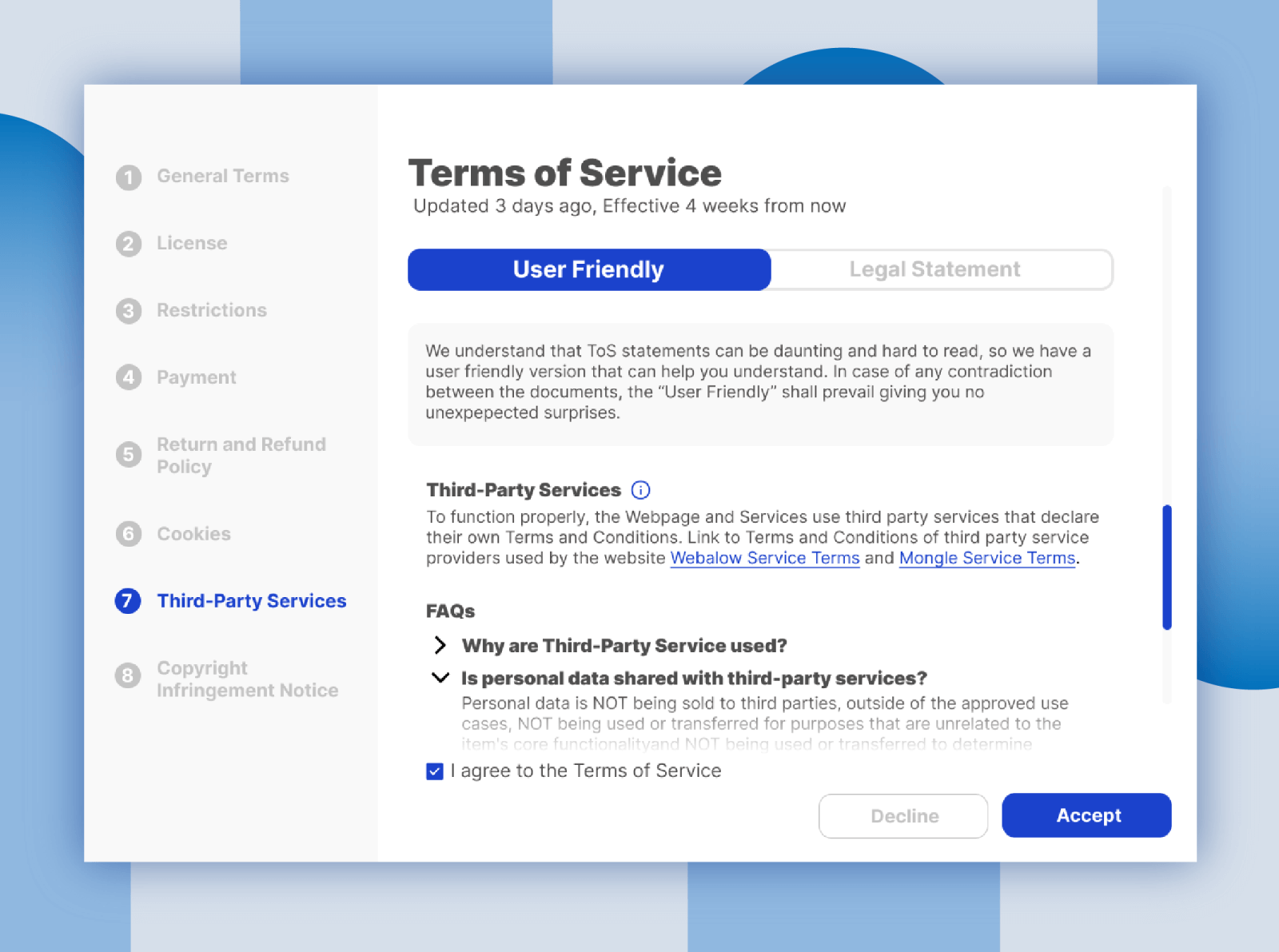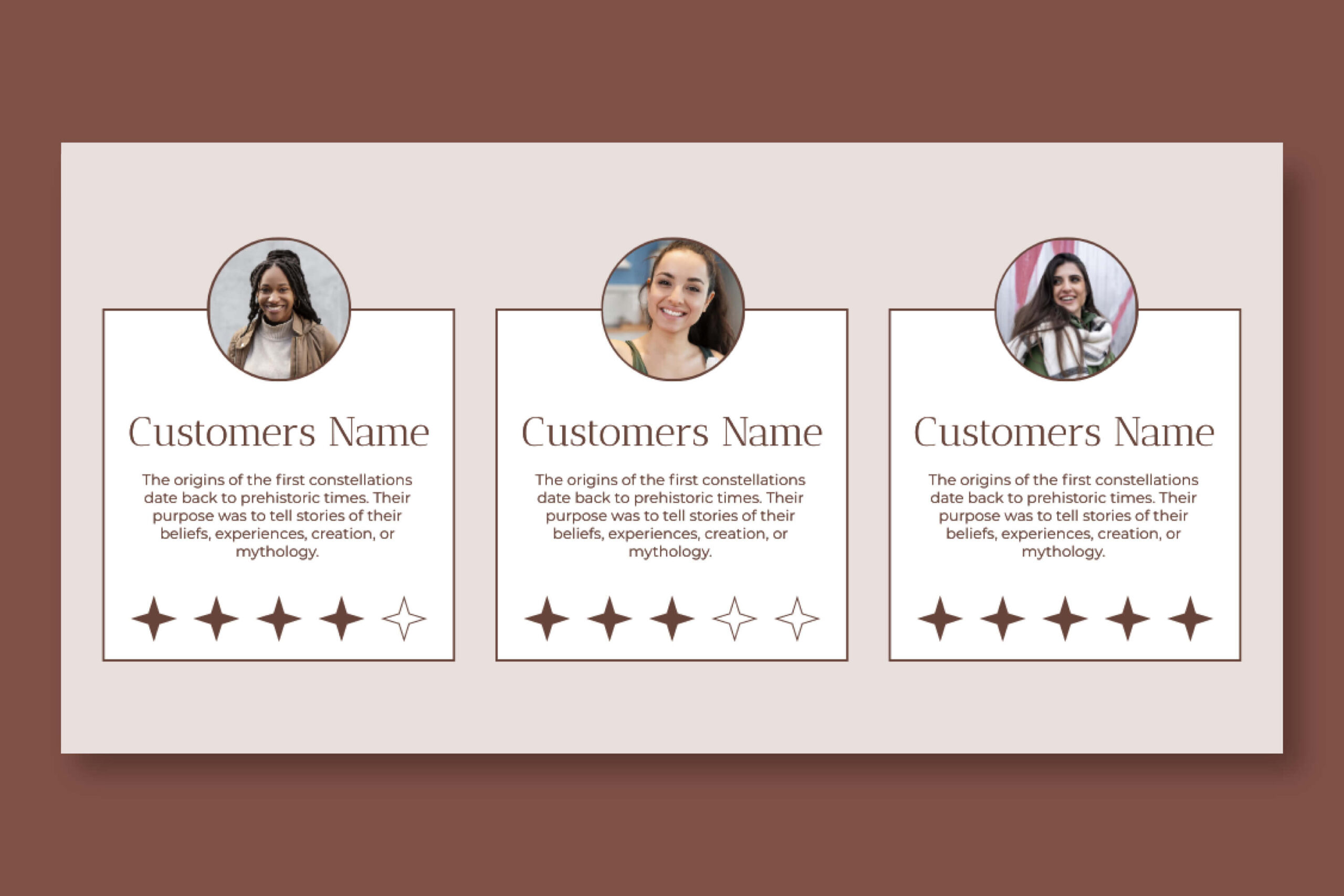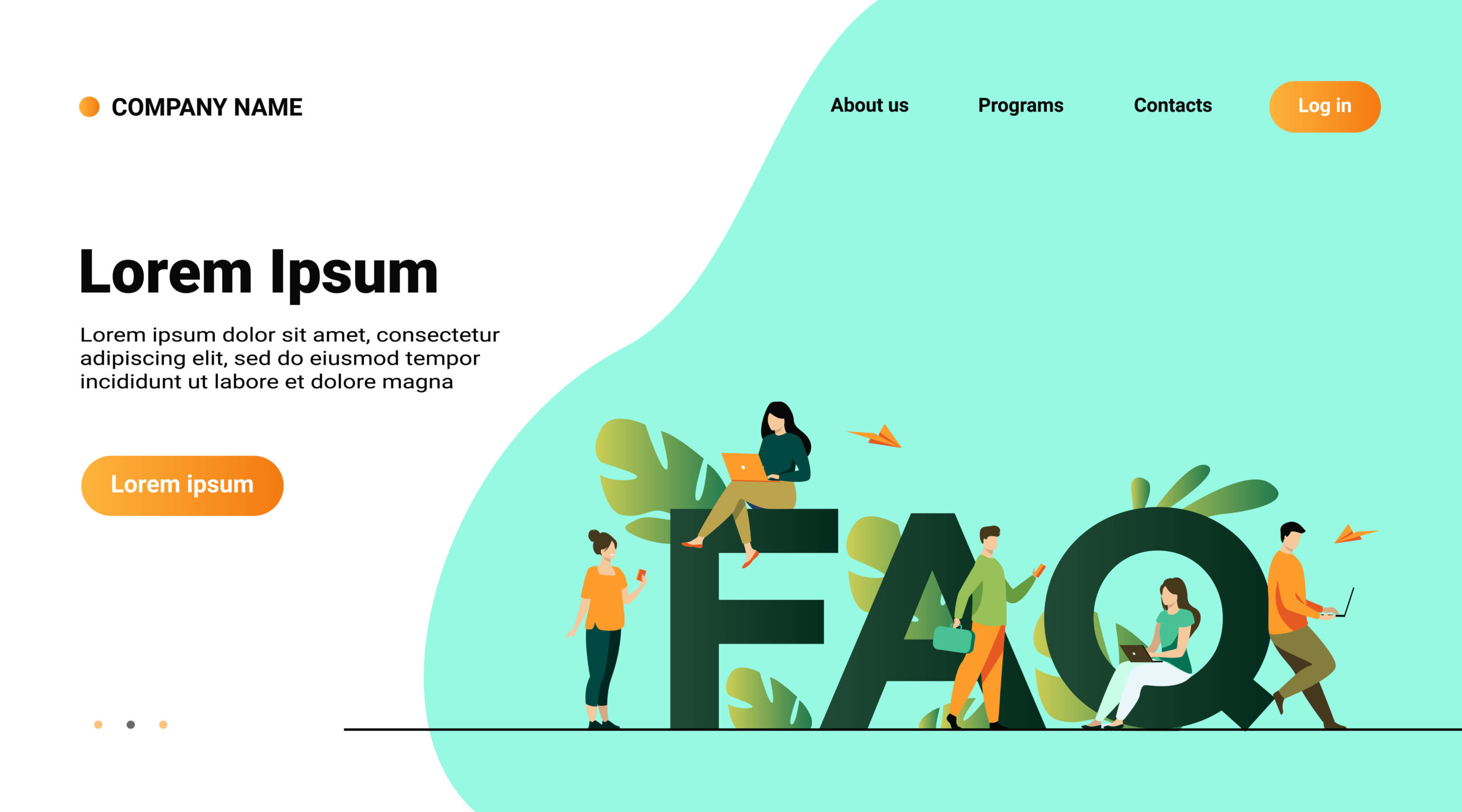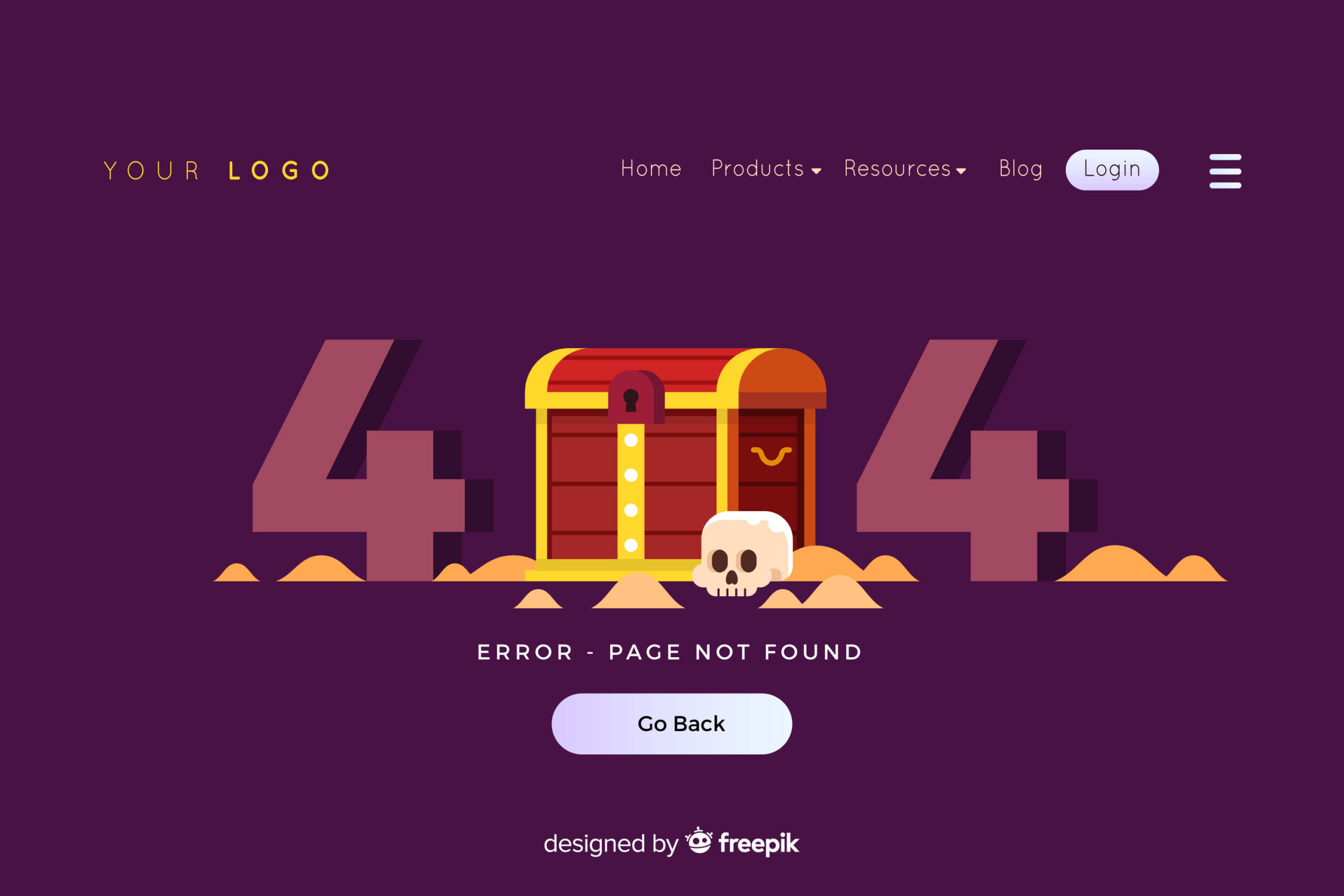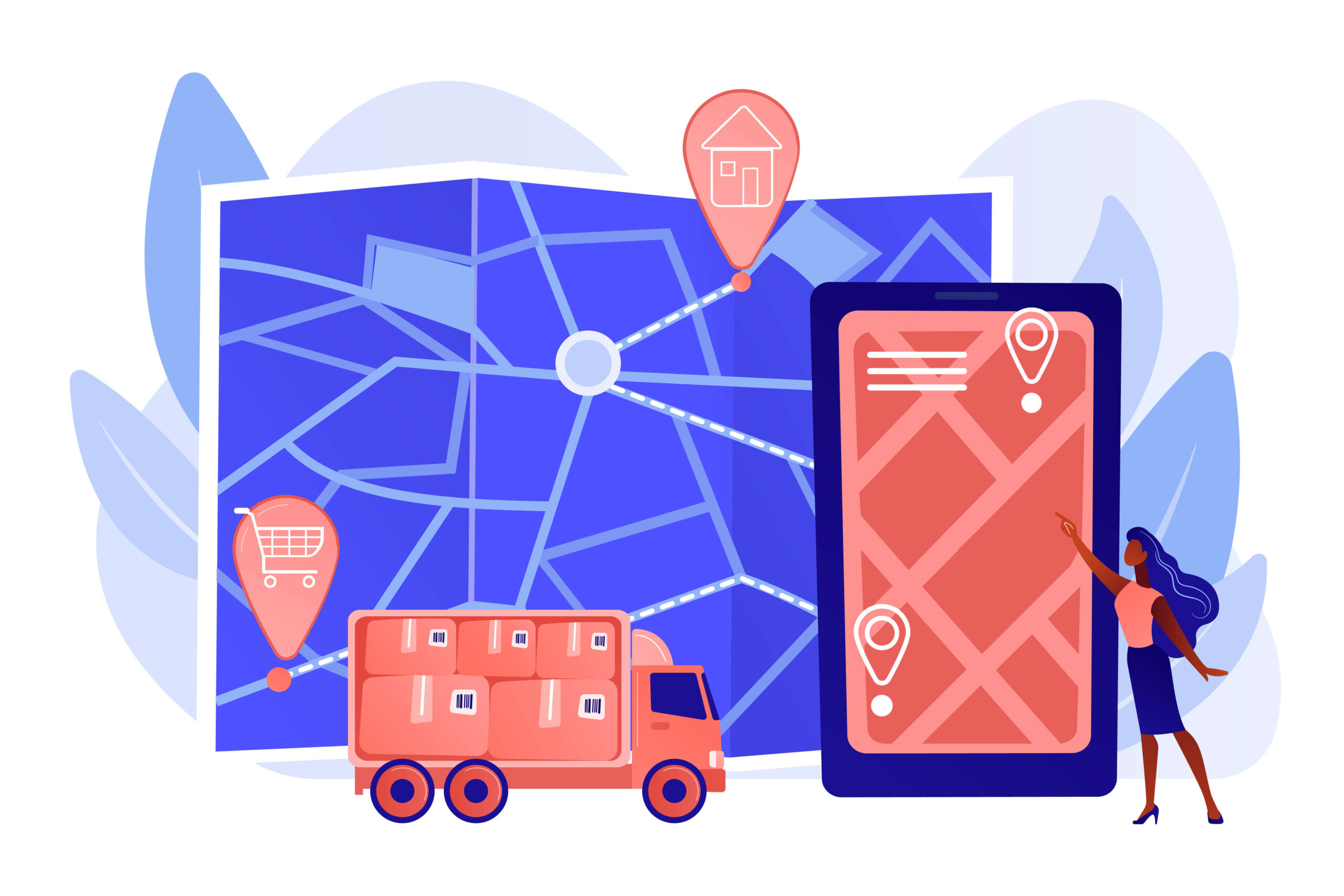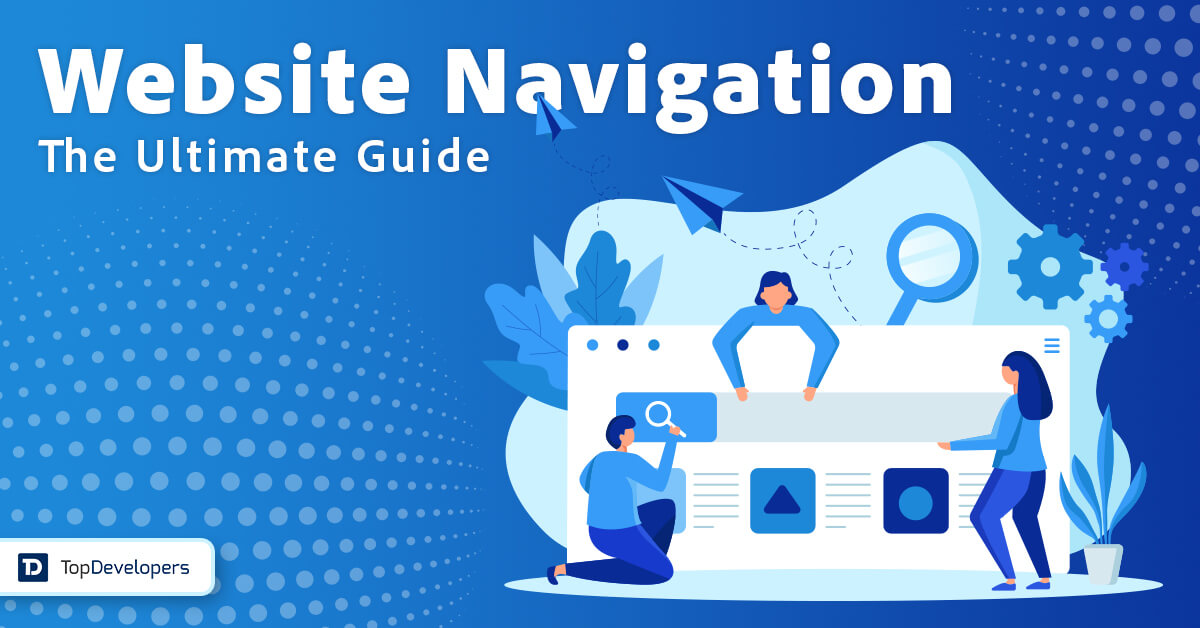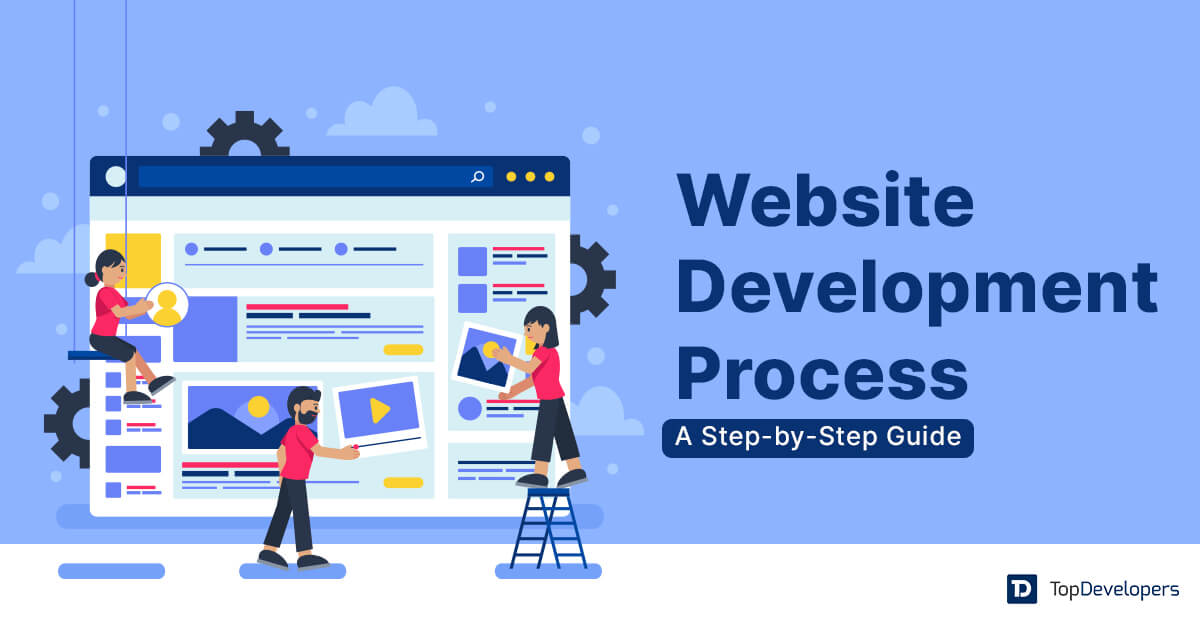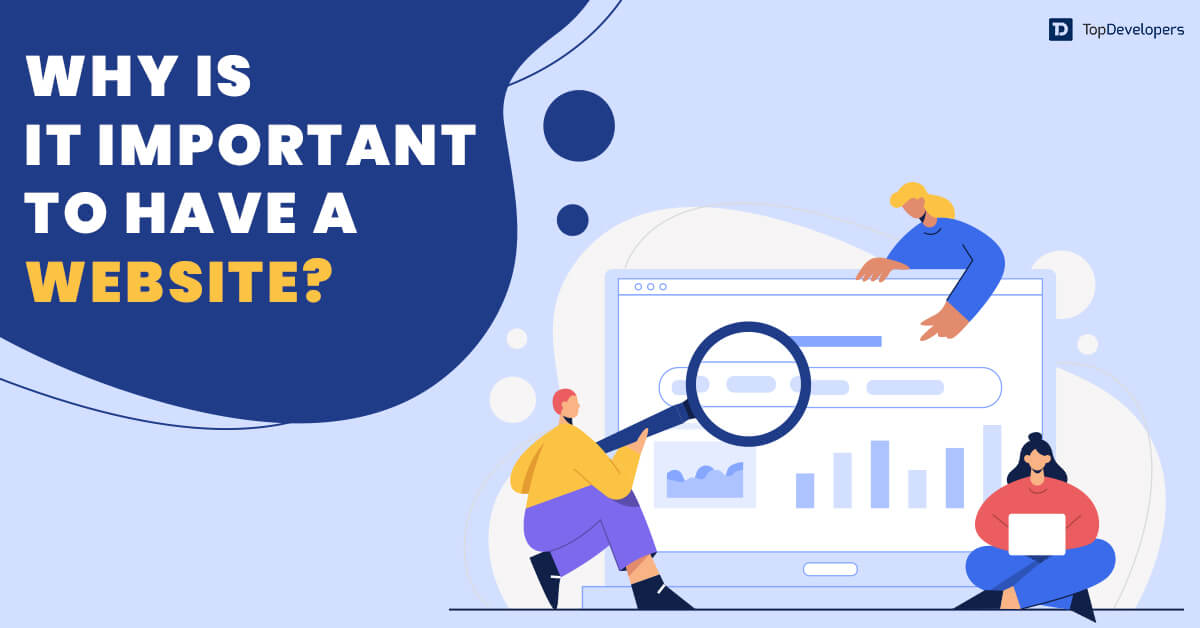
The website is a virtual storefront of the businesses, and web pages are the category of offerings and information about the business with attention to detail. From onboarding to exit, all the web pages must be easy to find and navigate by users. It’s the game of website structure that ensures users can easily access and navigate the required web pages effortlessly—excellent website navigation designs website structure for usability and high accessibility. Flawless design increases responsiveness to CTAs and improves SERP.
Cut to the chase: Regardless of the website’s web pages, they must provide usable information that delivers the best user experience. It builds business credibility and reliability, which, in turn, helps maximize business ROI. However, the website should keep optimal pages with a logical hierarchy among them so that visitors and search engine crawlers can easily understand them.
Keeping unnecessary pages may confuse users, so keeping only essential pages for a website is good. It raises the question, “What pages does a website need?” A website’s need for pages depends on the number of products, services, and information the business wants to display. Also, businesses select different categories of web pages for the website.
Browse the different types of web pages and decide which web pages you should keep on your website according to their priority and business requirements.
Table of Contents
- Types of Web Pages You Can Include in Your Website
- Must-Have Pages That Every Website Needs
- Enable grand entry with the ”Homepage”
- The “About Us” page reveals the business’s uniqueness
- Facilitate easy reach out with the “Contact” page
- The “Product” page tells you more about offerings
- Get users’ problems resolved with “Service” page
- “Blog” page to stay updated with current news
- The “Privacy policy” page displays that users’ data remains secure
- “Terms and conditions” page to apply
- Good to Have Web Pages for Your Website
- Optional Website Pages That You Can Opt to Keep or Skip
- Create a Website Structure With All the Required Pages
Types of Web Pages You Can Include in Your Website
Typically, the multi-page website has 4 to 10 pages based on business size and type of offerings. Target customers’ analysis, competition research, and market insights help business owners and entrepreneurs to know and understand the pages that their websites should have.
The web pages fall into three different categories. Understanding them will help to choose pages for business website development.
- Must-have pages that are the foundation of the website.
- Great to have pages that provide more information.
- Optional pages that you can choose to keep or skip.
Must-Have Pages That Every Website Needs
Must-have web pages are the essential website pages that form the strong basis of businesses, from SMBs to large enterprises. These are the pages that allow businesses to operate in the digital world efficiently.
Enable grand entry with the ”Homepage”
The homepage is the face of the website, and its content and design provide rich insights to users about the business via the website. On the website homepage a design or short video, catchy header, and Call to Action (CTA) that captures users’ attention are enough to keep them above the fold, which entices them to scroll down.
The information below the fold, such as products, services, reviews, and others, must be kept strategically related to the information above the fold. Intelligent placement of design and content makes the visitors interested in exploring the business website further or lets them move to the competition.
The “About Us” page reveals the business’s uniqueness
77% of people from the US, UK, France, and Germany use Google to find information about business in local areas. The About Us page lets them know more about the business and how it’s different from the competition. Most new website visitors consider this page first to see the brand story, business vision and mission, team’s background, and other principles that make a business stand out.
Creating an About Us page with customers’ perspectives demonstrating the team’s expertise in advanced technologies that meet customers’ needs is good, rather than boasting about milestones and other achievements, ensuring the business delivers user-centric products/services. The subtle mix of personal information, funny facts, and background personifies the business and enables users to connect with it and see how it’s different from the competition.
Facilitate easy reach out with the “Contact” page
When visitors become interested in the business offerings shown on the website, they will likely contact business stakeholders. The absence of contact information makes them look further or your competitors. It is prevented with a contact page with accurate information to connect with the business. Businesses can add phone numbers, email addresses, social links, live chat, map locations, and even business working hours so that users can reach out to you easily.
The online contact form allows visitors to connect directly through the website, and a captcha prevents spam bots from fooling the system. It enhances user experience and improves user interactions. FAQs and links to a knowledge base are valuable sources for finding information quickly. This way, the contact page provides different ways to connect and communicate efficiently.
The “Product” page tells you more about offerings
The product page displays the products that the business organization is selling along with its description, option, and advantages. For example, In Ecommerce websites, the product pages include the product’s image, video, description, price, specifications, and others. Ecommerce giants add filters such as brand, size, color, reviews, and others that make product search easier.
Websites with massive products create a product overview page with product categories to facilitate search. Adding links to every product displayed on the product overview page helps online buyers to navigate and reach the relevant product page effectively.
Get users’ problems resolved with “Service” page
When businesses provide a range of services, organizing them in a way that is easy for visitors to search and digest is essential. When marketing a lot of services, it’s good to create a service page with a brief description of every service alongside a link to the specific services.
Properly structuring this page with icons visually separates different services and makes the description easy to consume.
“Blog” page to stay updated with current news
Blogging is a powerful marketing weapon informing readers about the latest trends in the niche industry or customer success story. It’s good to create a blog page wherein all the blogs published are pooled. This web page when includes detailed blogs with relevant information, it generates thought leadership in the market.
Adding CTAs in compelling blogs helps direct users to different product or service pages. In addition to encouraging users to visit the website, search engines also give credence to quality content with optimal keyword density in the blogs, which boosts SERP.
The “Privacy policy” page displays that users’ data remains secure
With personal information security rules and regulations such as GDPR, data collection and handling on the website has become crucial for businesses. The businesses need to reveal which data is collected and how it is collected, stored, and used clearly. It makes creating a privacy policy page legally essential, highlighting the data such as name, address, contact number, email address, cookie information, and financial details collected from the users/client.
Writing in plain language allows users to understand the purpose of data collection, how the business ensures data confidentiality, and whether users are allowed to get a copy of data stored by the website.
“Terms and conditions” page to apply
A terms and conditions page is not a legal requirement but saves businesses against financial and reputation losses and proactively informs users about their liabilities. For example, the terms and conditions page on an E-Commerce website clearly states about shipping, return/refund, cancelation, and more. When customers raise a dispute, the page helps keep trouble at bay.
Ensure that no technical jargon is used on the terms and conditions page so that customers can easily understand the policies and agree to use the website while following them.
Good to Have Web Pages for Your Website
The must-have pages are the foundational structure of the website, and expanding the website with additional pages makes the website comprehensive. Considering these pages will improve the conversion rate to a great length.
Unfold the reality with a ”Testimonials” page
Regardless of how much you boast about products/services in a non-marketing pitch, customers always look for the reviews or testimonials the existing customers have provided. It acts as social proof for the offerings you provide. Creating a testimonial page consolidates all the reviews, ratings, magazine interviews, and even links to the video testimonials, that are easy to access.
Additionally, don’t modify testimonials because modern customers often connect with existing clients to cross-check their authenticity. Post feedback honestly builds customers’ trust in the business.
“FAQ” page to provide answers quickly
Most often, different customers ask the same questions to the customer support services, which wastes a lot of time. That’s where creating a knowledge base in the form of FAQs (Frequently Asked Questions) allows customers to get answers to the questions before reaching out to the customer support team. FAQs must be segregated based on categories so that customers can quickly find the questions and answers. Ensure the answers must be specific and concise to clear up all doubts that customers have and get convincing answers.
The ”Sitemap” page improves content discoverability
Search engine crawlers look at the sitemap to understand website’s hierarchical structure and easily crawl and index web pages. Also, when businesses add new pages, crawl bots can find them swiftly. Here, adding a sitemap page is a good move that lists all the web pages on the website. If unsure, considering Google documentation will help create the best sitemap that makes the content discovered.
“404” page when a web page is not found
It’s pretty frustrating for website visitors to see if the link they clicked is not working anymore. Most of us have experienced a 404 error age displayed on such pages, which allows users to go back to the homepage. Some businesses are getting creative with 404 pages, using animation or attractive images to engage users and allow them to escape from frustration quickly.
“Return/Refund” page to streamline shopping experiences
Easy returns/refunds are the first thing that people look at before purchasing from the website. You can showcase business legitimacy by building a return/refund page that allows customers to view all the information related to returns/refunds. Ensure the information is detailed and relevant to the customers without overwhelming them. Also, it saves customer support time that would otherwise be spent answering questions related to returns/refunds.
Provide shipping information upfront with ”Shipping” page
Customers have a lot of expectations from order shipping services. Estimated shipping time, shipping options, shipping cost, and shipping locations are common queries before placing an order. The shipping page answers all the questions that customers have about shipping and lets them have significant experience with their product shipment. The information on the shipping page can also be designed in the form of FAQs that help customers to get answers quickly.
Optional Website Pages That You Can Opt to Keep or Skip
Must-have pages are the cake bases, and good-to-have pages are the icing on the cake, but optional pages are the extra cherries, making the cake look so great.
- The search result page displays the web page as users enter their query in the search box.
- The news page allows users to stay current with the latest updates about the business, be it an event, attending a conference, or a new launch.
- Career page facilitates job seekers to directly see open vacancies at the business workspace and apply.
- Partner page displaying the list of experts that help business clients with required consulting services.
- The disclosure page discloses all the terms and conditions for affiliates and advertisers.
Create a Website Structure With All the Required Pages
Modern web design trends craft digital experiences that are immersive and influence website credibility positively. The visually stunning website must have a website structure with essential web pages included. Based on business size and digital needs, the website pages are selected, customized, and designed following a hierarchy. If you are confused about what pages your website should have, web development companies will help you know which pages you should keep based on your website goals.
 Avantika Shergil
| May 1, 2024
Avantika Shergil
| May 1, 2024
An enthusiastic Operations Manager at TopDevelopers.co, coordinating and managing the technical and functional areas. She is an adventure lover, passionate traveler, an admirer of nature, who believes that a cup of coffee is the prime source to feel rejuvenated. Researching and writing about technology keeps her boosted and enhances her professional journeying.
